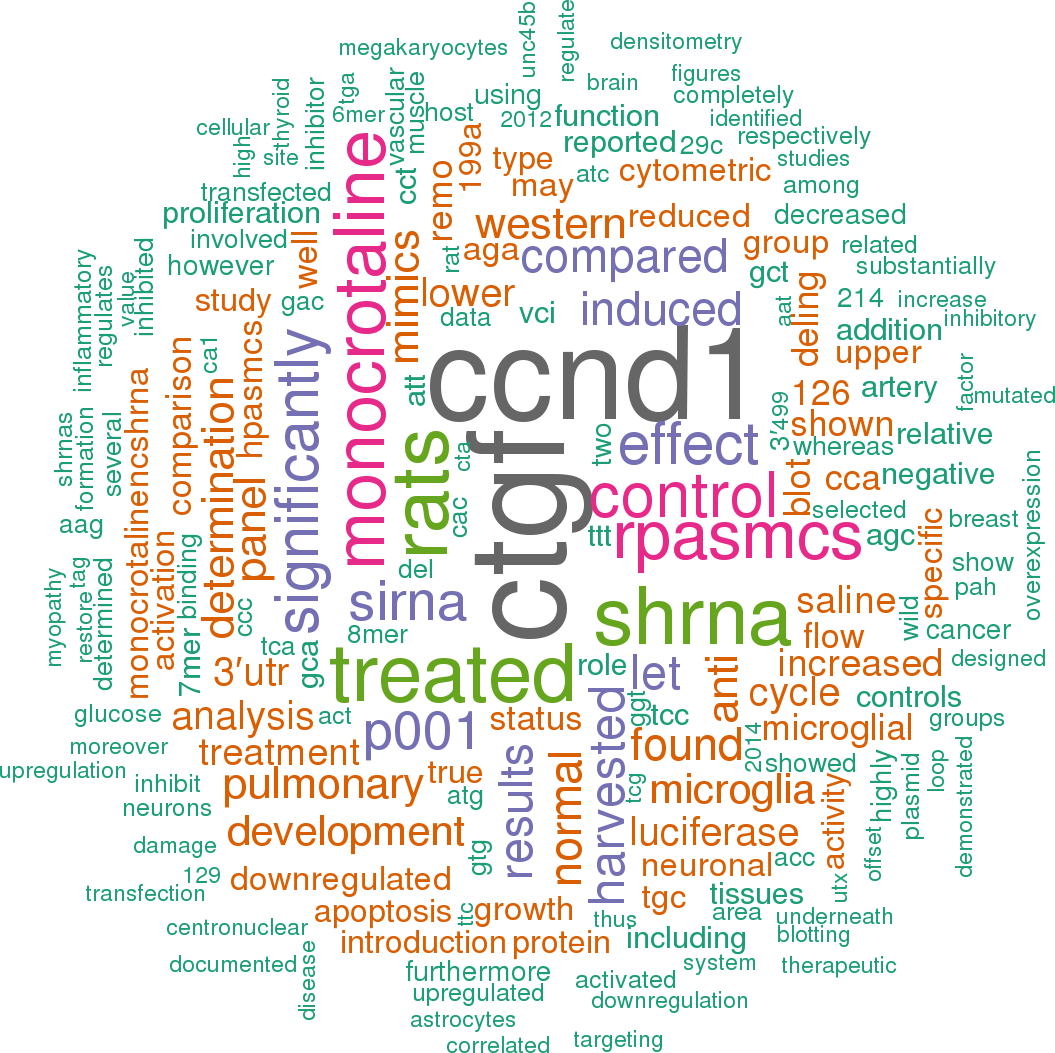40 papers mentioning rno-mir-26b
Open access articles that are associated with the species Rattus norvegicus
and mention the gene name mir-26b.
Click the buttons to view sentences that include the gene name, or the word cloud on the right for a summary.

 |
 |
 |
 |
 |
 |
 |
 |
 |
 |
 |
 |
 |
 |
 |
 |
 |
 |
 |
 |
 |
 |
 |
 |
 |
 |
 |
 |
 |
 |
 |
 |
 |
 |
 |
 |
 |
 |
 |
 |
